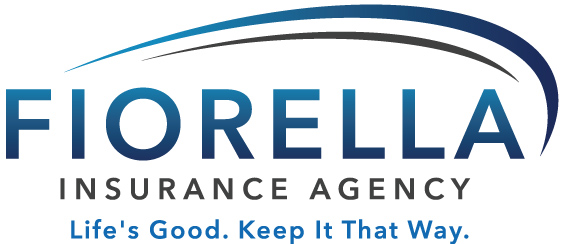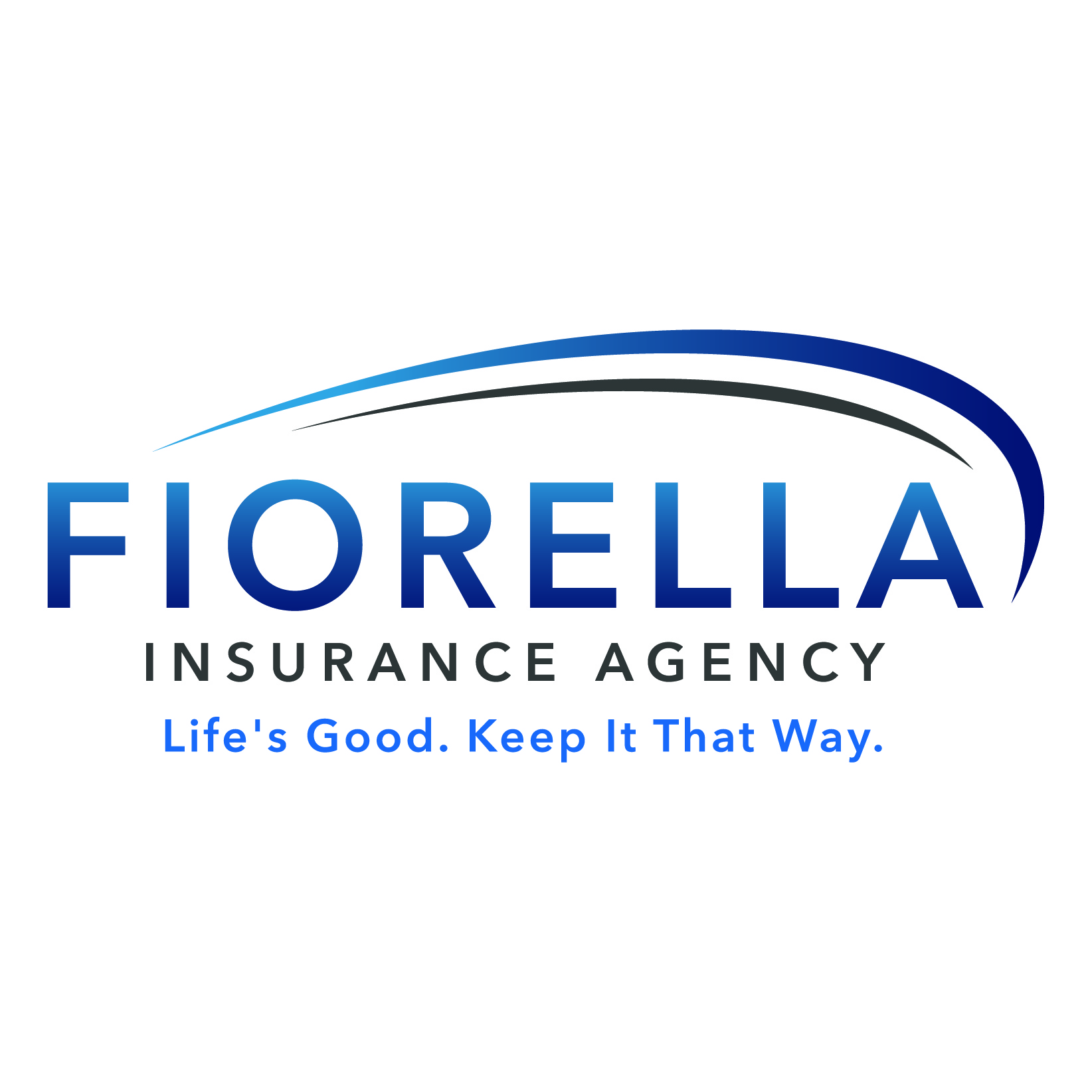How to get a quote for health insurance Obamacare? This blog post will discuss how to get a quote for health insurance Obamacare and other factors to be aware of when choosing the best plan for you.
Navigating Health Insurance Marketplaces can be complex; therefore, we will discuss open enrollment periods and factors affecting marketplace policies. We will take you through the steps on how to get a Obama Care Insurance quote for health insurance Obamacare, such as visiting Healthcare.gov and inputting relevant data.
Moreover, our discussion includes comparing plans based on different criteria such as premium costs, deductibles, copayments, coinsurance rates, network providers’ availability, and prescription drug coverage. Finally, we’ll address the importance of assessing affordability and quality of plans while considering your personal medical history along with resources available for guidance during the enrollment process.
Table of Contents
- Understanding Obamacare
- Key Components of the ACA
- Open Enrollment Periods for Obamacare
- How to Get a Quote for Health Insurance Obamacare
- Comparing Plans on the Marketplace
- Seeking Assistance in the Enrollment Process
- Conclusion
Understanding Obamacare
The Affordable Care Act (ACA), also known as Obamacare, was signed into law in 2010 with the goal of making healthcare more accessible and affordable to millions of Americans. It established Health Insurance Marketplaces where individuals and families can compare different plans offered by private insurers, making shopping for health insurance easier and more transparent.
Key Components of the ACA
- Individual mandate: Requires most Americans to have health insurance or pay a penalty.
- Health Insurance Exchanges: Online marketplaces where consumers can shop for coverage from multiple insurers.
- Tax credits and subsidies: Financial assistance is available to help eligible individuals afford their premiums and out-of-pocket costs.
- EHBs (Essential Health Benefits): All ACA-compliant plans must cover ten essential health benefits, including maternity care, mental health services, and hospitalization expenses among others.
- No pre-existing condition exclusions: Prior medical conditions cannot be used as a reason to deny coverage or charge higher premiums under the ACA rules.
Open Enrollment Periods for Obamacare
The Affordable Care Act (ACA), or Obamacare, has designated open enrollment periods during which individuals and families can enroll in or change their existing healthcare plan through the marketplace. These timeframes are crucial to obtaining coverage as they allow consumers to explore different plans, compare costs, and make informed decisions about their healthcare needs.
Importance of Open Enrollment Periods
For coverage starting January 1st each year, open enrollment typically begins around November 1st and lasts until December 15th. However, these dates may vary depending on your state’s marketplace policies. During the open enrollment window, you have the opportunity to assess your health insurance choices and select a plan that fits both your needs and financial situation.
Special Enrollment Periods (SEPs)
In certain circumstances, individuals may be eligible for a Special Enrollment Period, allowing them to enroll in or change their health insurance outside of the standard open enrollment timeframe. SEPs are typically granted due to specific life events such as getting married or divorced, moving residences with new coverage options available, giving birth or adopting a child, losing employer-sponsored health insurance, or becoming ineligible for Medicaid/CHIP benefits.
To determine if you qualify for a SEP after experiencing one of these qualifying life events, visit the Healthcare.gov screener and answer a few questions about your situation. If you are eligible, you will be granted a 60-day window to enroll in or change your health insurance plan.
Open enrollment periods for Obamacare are essential to understanding and obtaining health insurance coverage, as they provide the time frame in which individuals can sign up. It is imperative to comprehend the process of acquiring a quote from an exchange website or healthcare.gov in order to ensure you get the most suitable policy for your requirements during open enrollment periods for Obamacare.
How to Get a Quote for Health Insurance Obamacare
To get started with how to get an Obamquote for health insurance Obamacare, you’ll need to visit the appropriate website and provide some basic information about yourself and your household. To begin the process, we’ll guide you through it step by step.
Visiting Healthcare.gov or State-Specific Exchange Websites
The first thing you should do is navigate to Healthcare.gov, which serves as the federal health insurance marketplace for most states. If your state runs its own exchange, Healthcare.gov will direct you to the correct website automatically. Some examples of state-specific exchanges include Covered California, New York State of Health, and Washington Healthplanfinder.
Creating an Account and Providing Income Information
- Create an account: Click the “Get Started” or similar button to initiate account creation. You’ll be asked for some basic personal information like name, address, and date of birth.
- Provide income details: Next, accurately report your annual household earnings in order to determine eligibility for financial assistance towards premium costs or cost-sharing reductions when receiving medical care services within network providers. This includes any wages/salaries earned by all members living under the same roof who file taxes together, unemployment benefits received, social security payments, etc.
- Verify your identity: The marketplace may require you to verify your identity by answering questions about past addresses, loans, or other personal information. This step is crucial for protecting the security of your account and ensuring that only authorized individuals can access it.
Once you’ve completed these steps, you’ll be able to browse various health insurance options tailored specifically according to your individual needs and preferences. Keep in mind that depending on factors such as income level, family size, age, etc., some applicants might qualify for government subsidies to help offset monthly premium costs associated with purchasing coverage through Obamacare.
Comparing Plans on the Marketplace
After entering the required data points on the marketplace website, you can browse various options tailored specifically according to your individual needs and preferences. It is crucial to compare different aspects of each plan, such as coverage levels, monthly premiums, deductibles, and out-of-pocket maximums.
Factors to Consider When Comparing Plans
- Coverage Levels: Obamacare offers four tiers of coverage – Bronze, Silver, Gold, and Platinum – with varying levels of cost-sharing between you and your insurance provider. Higher-tier plans generally have higher monthly premiums but lower out-of-pocket costs when receiving medical care.
- Monthly Premiums: This is the amount you pay every month for your health insurance plan regardless of whether or not you use healthcare services during that time period.
- Deductibles: The deductible is an annual amount that you must pay out-of-pocket before your insurance begins covering healthcare expenses. A higher deductible usually results in a lower monthly premium but more significant upfront costs if medical care is needed.
- Out-Of-Pocket Maximums: This represents the most money that you will be responsible for paying towards covered healthcare services within a year (excluding premiums). Once this limit has been reached by meeting deductibles or copayments/coinsurance amounts, your insurer covers remaining eligible expenses at no additional charge.
Examining various plans on the market is essential to discover which option fits your needs and spending plan most effectively. With that said it can be helpful to seek assistance from certified application counselors or navigators when enrolling for health insurance through Obama Care.
Seeking Assistance in the Enrollment Process
If you’re uncertain about which plan is best for your situation or need aid in navigating the intricate marketplace system, there are several resources available to assist people with how to get a quote for health insurance Obamacare. Certified application counselors, navigators, agents, and brokers can offer valuable support throughout your enrollment journey, ensuring that individuals and families obtain the most suitable coverage possible at the lowest price point attainable given their unique set of variables involved.
Certified Application Counselors and Navigators
Certified Application Counselors (CACs) and Navigators are trained professionals who provide free assistance with health insurance applications on Healthcare.gov or state-specific exchange websites. They can help answer questions about eligibility for financial assistance based on income levels as well as assist with comparing different plans available in your area. To find a CAC or Navigator near you, visit HealthCare.gov’s Local Help page.
Working with Agents and Brokers
In addition to CACs and Navigators, licensed insurance agents and brokers can also provide guidance on how to get a quote for health insurance Obamacare. While they may charge fees for their services unlike CACs and Navigators, these professionals have extensive knowledge regarding various insurers’ offerings.
This can potentially simplify the decision-making procedure by providing tailored recommendations according to individual or family requirements. It is important to note that agents and brokers may represent specific insurance companies, so be sure to ask about any potential conflicts of interest before working with them.
Taking advantage of available resources when navigating the complex health insurance marketplace can make all the difference between securing an affordable plan meeting individual or family needs and preferences versus potentially overpaying for inadequate coverage.
Conclusion
Obtaining a quote for health insurance under Obamacare may seem daunting, but with the right information and resources, it can be a straightforward process. Gaining an understanding of the Affordable Care Act’s and exploring health insurance marketplaces during open enrollment periods can help individuals and families evaluate policies based on various factors to identify a plan that fits their needs. Follow these steps on how to get a quote for health insurance Obamacare and assess the affordability and quality of plans based on personal medical history.





